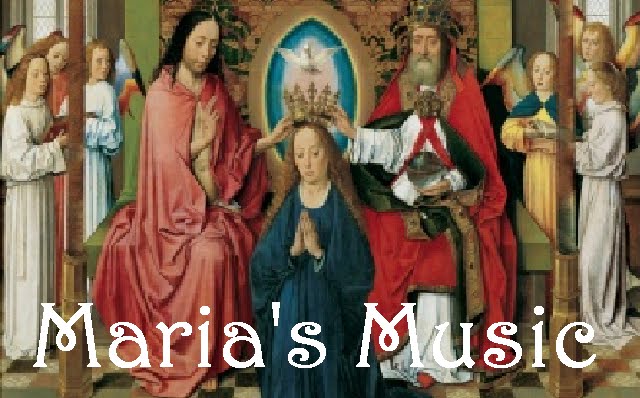An interesting video can be found here about the Fibonacci sequence and music. The video shows that if you assign each musical note a number and then apply those numbers to the numbers in the Fibonacci sequence you will get a repeating musical pattern. I will first explain his idea in my own way, and then add another dimension using the terminology I set forth.
In the video he says C=1, C#=2, D=3 ... A=10, A#=11, B=12, C=13. I don't like this. Instead I will use base 12 instead of base 10. So then C = 1, C#=2... A=A, A#=B, B=10, C=11.
The Fibonacci sequence (for those who don't want to read the rather lengthy and intense wikipedia article) was found by Fibonacci, an Italian mathematician. It was used to explain a problem about rabbit reproduction, but is much more important than that. The sequence goes 0,1,1,2,3,5,8,13... Each number is created by adding the two before it. So the next number in the sequence is 21. The sequence is hugely related with the golden proportion.
But as I stated, we are using base 12, not base 10, so we need to convert the Fibonacci sequence.
The first 45 numbers in base 10:
1, 1, 2 ,3, 5
8, 13, 21, 34 ,55
89, 144, 233, 377, 610
98, 1597, 2584, 4181, 6765
10946, 17711, 28657, 46368, 75025
121393, 196418, 317811, 514229, 832040
1346269, 2178309, 3524578, 5702887, 9227465
14930352, 24157817, 39088169, 63245986, 102334155
165580141, 267914296, 433494437, 701408733, 1134903170
Now we convert them to base 12:
1, 1, 2, 3, 5
8, 11, 19, 2A, 47
75, 100, 175, 275, 42A
6A3, B11, 15B4, 2505, 3AB9
6402, A2BB, 14701, 22A00, 37501
5A301, 95802, 133B03, 209705, 341608
54B111, 890719, 121B82A, 1AB0347, 310BB75
5000300, 8110275, 11110575, 1922082A, 2A3311A3
27551A11, 75882BB4, 101214A05, 176A979B9, 2780B0802
Now we analyze the first digit of each number:
1, 1, 2, 3, 5
8, 1, 9, A, 7
5, 0, 5, 5, A
3, 1, 4, 5, 9
2, B, 1, 0
1, 1, 2, 3, 5, 8
1, 9, A, 7, 5
0, 5, 5, A, 3
1, 4, 5, 9, 2
Note hear that the pattern repeats. The first section is repeated in the second two. I will therefore drop the second sections.
Them the first digit is converted into notes (B=0):
C, C, C#, D, E
G, C, G#, A, F#
E, B, E, E, A
D, C, D#, E, G#
C#, A#, C#, B
The video stops here. Here is my discovery. If we analyze the intervals between the notes (considering them all ascending intervals) we obtain:
P, m2, m2, M2
m3, P4, m6, M7, M6
m7, P5, P4, P, P4
P4, m7, m3, m2, M3
P4, M6, m3, m7
And if we convert the intervals into number of half step jumps we obtain:
0, 1, 1, 2
3, 5, 8, 1, 9
A, 7, 5, 0, 5
5, A, 3, 1, 4
5, 9, 2, B
This is the same sequence of numbers that we began with when we striped the first digit of the Fibonacci numbers in base 12.
Fibonacci sequence and music
May 05, 2008 | |
Subscribe to:
Post Comments (Atom)

1 comments:
I found this while looking for another written account of my own discovery of a Fibonacci-to-music repeating pattern. When I made the discovery, it was by only considering the distinct whole notes in one octave, (A to G, say), which is base 7, and within which carrying out the series produces a repeating pattern of sixteen musical notes. This series may then be transposed to any "key" one desires.
Post a Comment